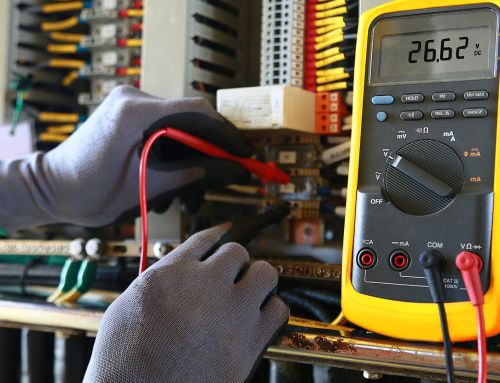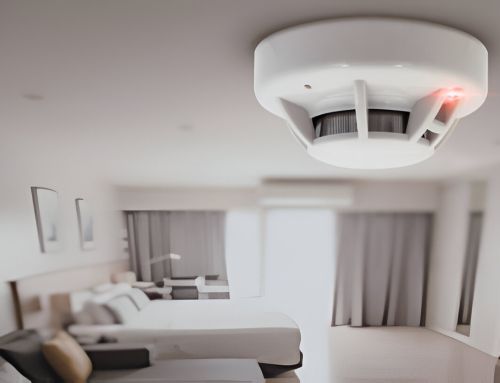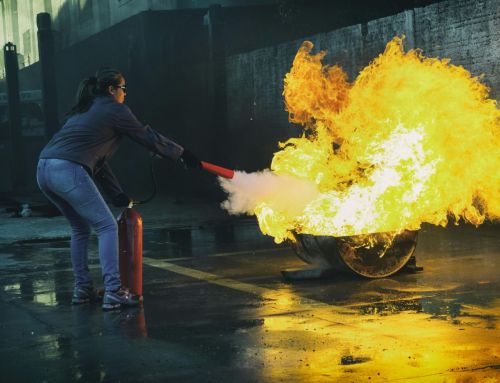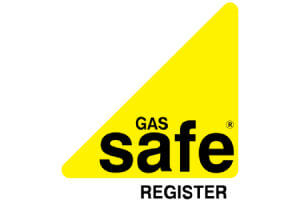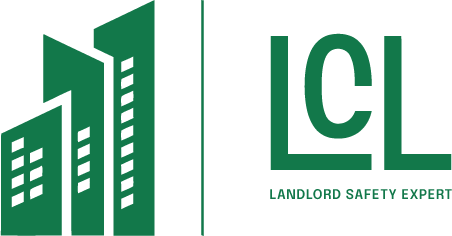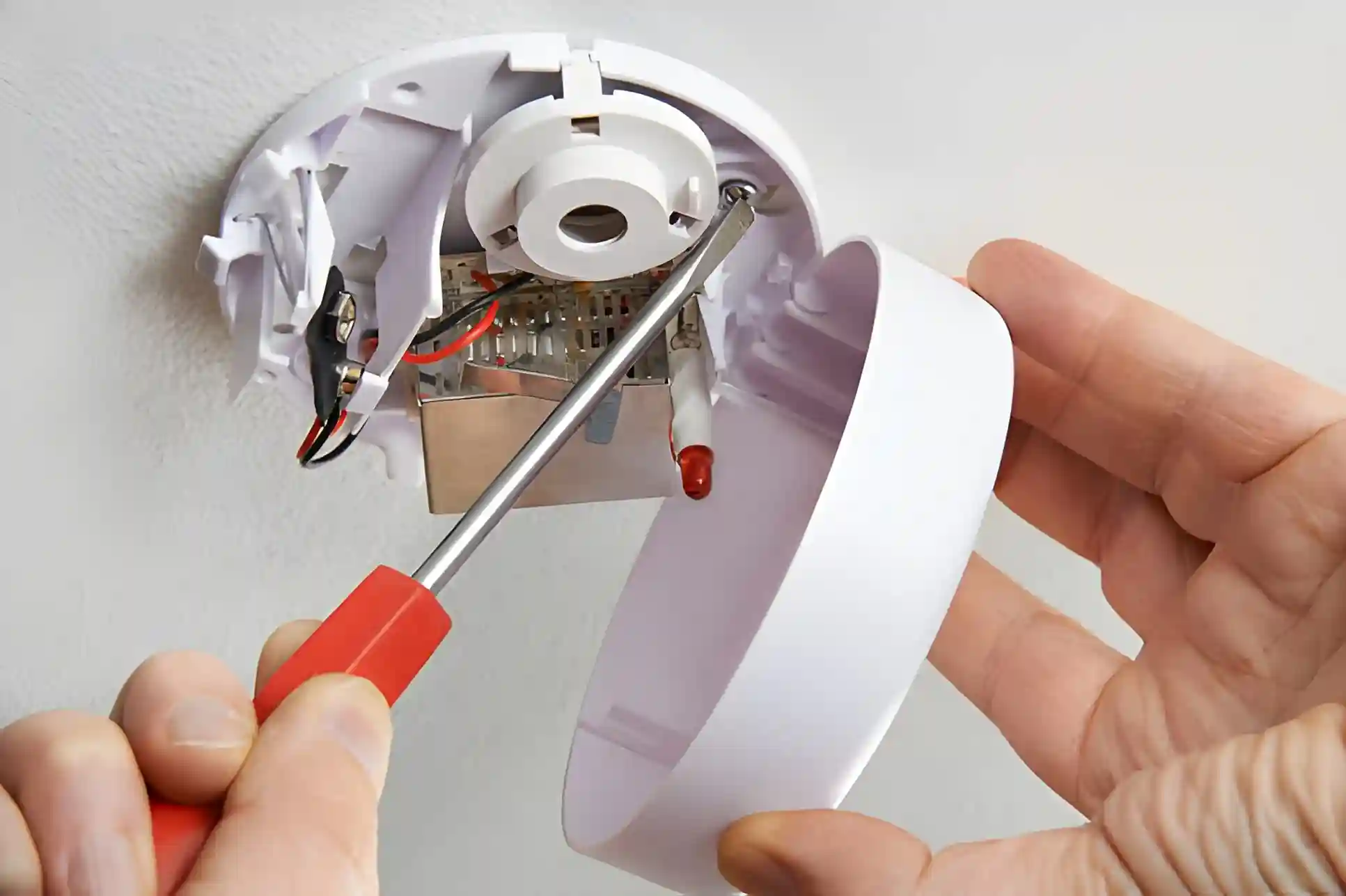
Domestic fire alarm installation plays a vital role in safeguarding homes from fire hazards. It involves the strategic placement of various fire safety systems to guarantee early detection of smoke and heat. Many homeowners underestimate its importance, which can have dire consequences. Understanding the different types of fire alarms and their proper installation can greatly enhance safety. Exploring the intricacies of this process reveals essential insights that every homeowner should consider.
Key Takeaways
- Proper domestic fire alarm installation is essential for early detection, ensuring safe evacuation and emergency response during a fire.
- Choose the right type of alarm, ionisation, photoelectric, or dual-sensor, based on your specific home needs, to maximise protection.
- Strategic placement of alarms in high-risk areas, like kitchens and bedrooms, enhances their effectiveness and safety coverage.
- Regular maintenance, including monthly testing and professional servicing, ensures alarms function properly and comply with safety standards.
- Educate yourself on common installation mistakes, such as poor placement and neglecting regulations, to optimise your home’s fire safety system.
Domestic Fire Alarm Installation / Keep Your Home Safe from Fire Hazards
While many homeowners may underestimate the significance of fire alarms, proper installation is crucial for guaranteeing safety against fire hazards. Fire alarms play a critical role in early detection, providing residents with essential time to respond in emergencies.
An effective system includes smoke detectors, heat sensors, and audible alarms strategically placed throughout the home, particularly in high-risk areas such as kitchens and bedrooms.
Additionally, understanding local building codes and regulations is crucial when installing fire alarms. Homeowners should seek professional guidance to ascertain compliance and ideal placement.
Regular maintenance, including testing alarms monthly and replacing batteries annually, further enhances safety.
Ultimately, investing time and resources into proper domestic fire alarm installation not only protects property but also safeguards lives. By prioritising this crucial aspect of home safety, families can create a secure environment, greatly reducing their risk of devastating fire incidents.
What Is Domestic Fire Alarm Installation?
Domestic fire alarm installation involves the systematic setup of devices designed to detect smoke and heat, providing early warning in case of a fire. This process is vital for guaranteeing the safety of a home and its occupants.
Proper installation includes several key components that work in unison to enhance fire protection.
- Types of Alarms: Various types of alarms, such as ionisation and photoelectric, are selected based on specific needs and environments.
- Placement: Strategic placement of alarms is fundamental, with units installed in key areas like kitchens, hallways, and bedrooms to maximise effectiveness.
- Maintenance: Regular testing and maintenance of the installed fire alarm systems are essential to verify they function correctly during emergencies.
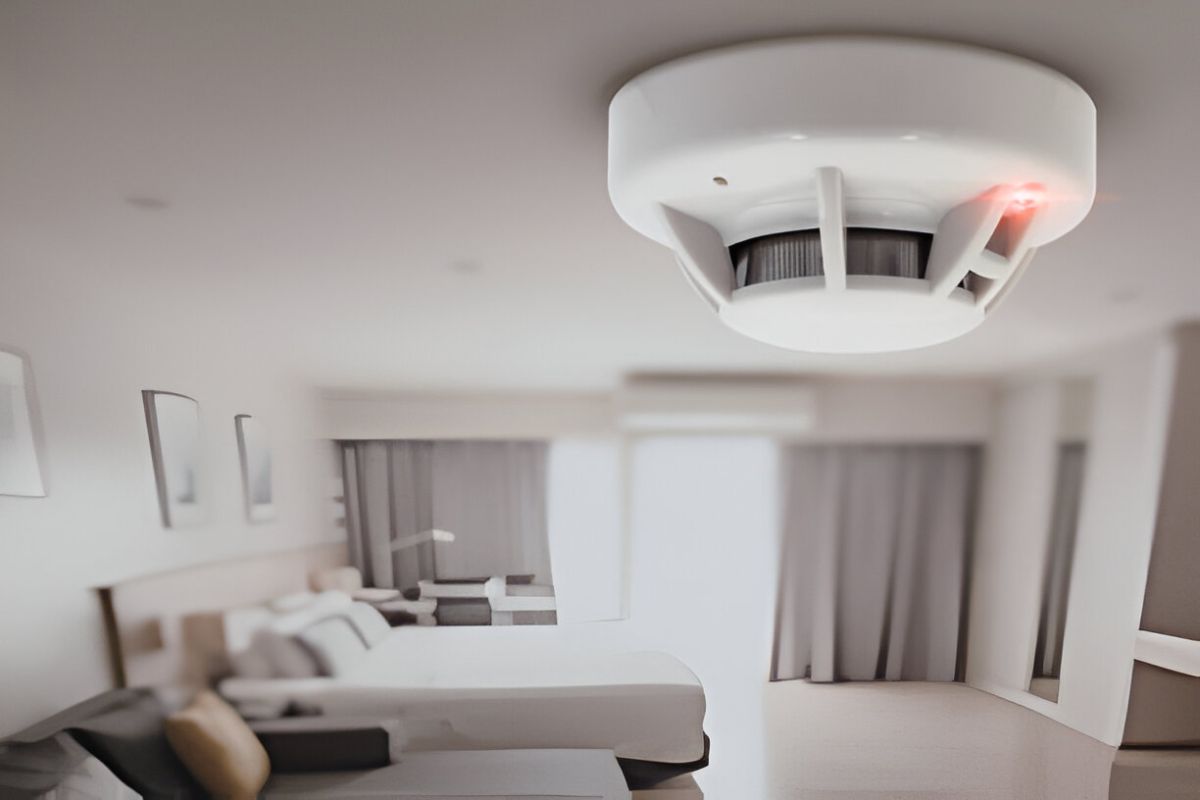
Why Every Home Needs a Reliable Fire Alarm System
A reliable domestic fire alarm installation system is vital for every home, as it serves as the first line of defence against the devastating effects of fire. Fires can erupt without warning, posing significant risks to both life and property.
An effective fire alarm provides early detection, allowing occupants to evacuate quickly and safely. This rapid response can minimise injuries and fatalities, as well as reduce damage to the home.
Additionally, modern fire alarms are equipped with features such as interconnected systems and voice alerts, enhancing their effectiveness. Regular maintenance and testing guarantee that these systems function correctly, providing peace of mind to homeowners.
In addition to protecting lives, having a reliable domestic fire alarm installation system may also lead to lower insurance premiums, as many insurers recognise the reduced risk.
Ultimately, investing in a quality domestic fire alarm installation system is a vital step in safeguarding one’s home and family.
Types of Fire Alarms for Domestic Properties
Three primary types of fire alarms are commonly used in homes: ionisation alarms, photoelectric alarms, and dual-sensor alarms. Each type serves a unique purpose in detecting smoke and fire, ensuring ideal safety for families.
- Ionisation Alarms: These alarms are highly effective at detecting fast-burning fires, such as those fueled by paper or wood. They use radioactive material to sense changes in ionisation levels when smoke enters the chamber.
- Photoelectric Alarms: Ideal for detecting slow-smouldering fires, these alarms use a light beam and a sensor to identify smoke particles. They are particularly useful in areas where cooking smoke may trigger false alarms.
- Dual-Sensor Alarms: Combining both ionisation and photoelectric technologies, these alarms provide thorough coverage, enhancing safety by responding to a wider range of fire types.
Choosing the right type of domestic fire alarm installation is essential for maximising home protection.
How Professional Domestic Fire Alarm Installation Works
Selecting the appropriate domestic fire alarm installation type is only the first step in guaranteeing a home’s safety. Following the selection, professional installation becomes essential. Certified technicians conduct a thorough assessment of the property, identifying ideal locations for smoke detectors, heat sensors, and control panels. They consider factors such as ceiling height, potential obstructions, and the layout of living spaces to guarantee maximum coverage.
Once the assessment is complete, the installation process begins. Professionals securely mount devices, connect them to a central control panel if applicable, and make sure that all components communicate effectively. They also test the system to confirm functionality, including alarm sounds and interconnectivity between devices.
Finally, the technician provides homeowners with instructions on how to operate and maintain the domestic fire alarm installation system. This detailed approach guarantees that the installed system not only meets safety standards but also offers peace of mind, knowing that their home is well-protected against fire hazards.
Legal Requirements for Domestic Fire Alarm Installation in the UK
While guaranteeing a home is equipped with a domestic fire alarm installation system is essential for safety, it is equally important to adhere to legal requirements in the UK. Homeowners must comply with specific regulations to guarantee their domestic fire alarm installation systems meet safety standards. Understanding these requirements helps protect both property and lives.
- Building Regulations: Fire alarms must comply with the UK Building Regulations, specifically Part B, which outlines fire safety measures in residential buildings.
- BS 5839 Compliance: Installation should follow the British Standard BS 5839, which provides guidelines on fire detection and alarm systems, guaranteeing proper design and maintenance.
- Insurance Requirements: Many insurance policies require compliance with legal standards regarding fire safety systems, making adherence vital for coverage validity.
Where Should Fire Alarms Be Installed in Your Home?
Proper placement of fire alarms in a home is essential for guaranteeing maximum safety and effectiveness. Alarms should be installed in every sleeping area, outside each bedroom, and on every level of the home, including basements and attics. This strategic placement helps to guarantee that all occupants are alerted to potential dangers, especially during nighttime when they may be less aware.
In kitchens, it is advisable to position alarms at least 10 feet away from cooking appliances to prevent false alarms. Living rooms and hallways also serve as ideal locations for additional coverage.
Moreover, placing alarms on ceilings is recommended, as smoke rises, making it easier for detectors to sense danger. Homeowners should regularly test alarms and replace batteries as needed to maintain functionality.
Benefits of Hiring a Certified Fire Alarm Installer
Hiring a certified fire alarm installer not only guarantees compliance with local regulations but also enhances the overall safety of a home.
Professionals in this field possess the necessary expertise to ascertain that fire alarm systems are installed correctly and efficiently. This choice provides several key benefits:
- Expert Knowledge: Certified installers understand the intricacies of fire safety codes and regulations, ensuring that every installation meets legal standards.
- Quality Assurance: Their training equips them to select and install the most effective fire alarm systems tailored to the specific needs of each home.
- Peace of Mind: Homeowners can trust that trained professionals will identify potential risks and implement solutions, ultimately protecting lives and property.
Maintenance and Servicing After Installation
Regular maintenance and servicing of fire alarm systems is essential for guaranteeing their reliability and effectiveness over time. Homeowners should schedule routine inspections, typically every six months, to check for any malfunctions or deterioration. This includes testing alarm functionality, inspecting batteries, and guaranteeing that all components are free from dust and obstructions.
Additionally, professional servicing can identify potential issues before they escalate, which may involve replacing outdated parts or updating software in smart fire alarm systems. Keeping a detailed log of maintenance activities is also advisable, as this documentation can help in identifying patterns that may require further attention.
Moreover, homeowners should educate themselves on how to conduct basic checks, such as testing alarms monthly and replacing batteries annually.
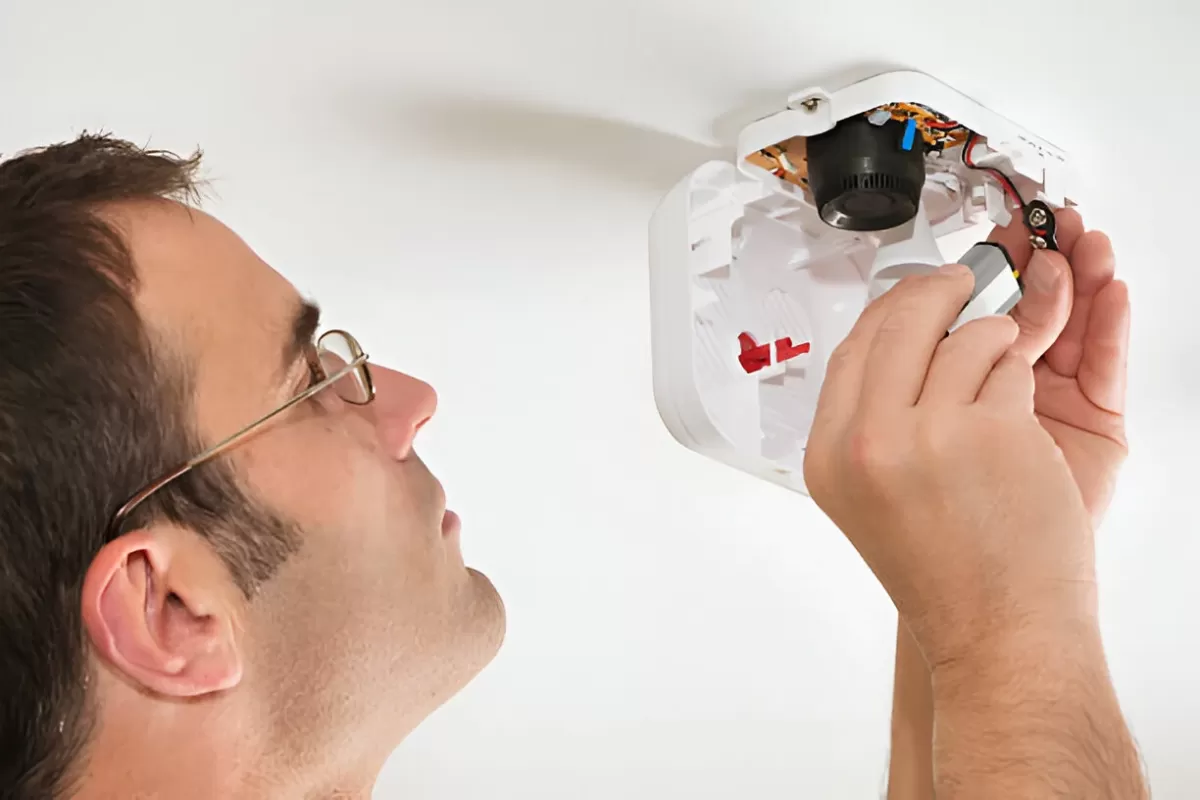
Common Mistakes to Avoid During Domestic Fire Alarm Installation
Many homeowners underestimate the significance of careful planning during domestic fire alarm installation, which can lead to vital errors.
These mistakes not only compromise safety but can also render the system ineffective. Understanding common pitfalls can help guarantee a more reliable installation.
- Improper Placement: Installing alarms too close to cooking appliances or in corners can lead to false alarms or insufficient coverage.
- Neglecting Local Codes: Failing to adhere to local fire safety regulations can result in penalties and unsafe conditions.
It is essential to be aware of these guidelines before installation.
- Inadequate Testing: After installation, neglecting to test the alarms can leave homeowners unaware of potential malfunctions.
Regular testing is vital for maintaining functionality.
Frequently Asked Questions
Fire alarm systems should be tested monthly to guarantee proper functionality. Additionally, replacing batteries annually and conducting a thorough inspection every six months can help maintain peak performance and guarantee safety in case of emergencies.
The lifespan of a fire alarm typically ranges from 8 to 10 years. After this period, the alarm’s reliability diminishes, necessitating replacement to guarantee continued effectiveness in fire detection and safety. Regular checks are essential.
Yes, an individual can install a fire alarm themselves, provided they follow the manufacturer’s guidelines and local regulations. However, professional installation may guarantee ideal placement and compliance with safety standards, enhancing overall effectiveness.
To choose the right fire alarm, one should consider the type of sensor, the coverage area, additional features like carbon monoxide detection, and compliance with local safety regulations to guarantee effective fire protection.
Smoke detectors and fire alarms serve related but distinct functions. Smoke detectors sense smoke and alert occupants, while fire alarms can include additional features, such as monitoring systems, that notify emergency services and provide thorough fire safety.
Conclusion
In summary, domestic fire alarm installation is an essential step in safeguarding homes and families from fire hazards. By understanding the importance of reliable fire safety systems and the various types available, homeowners can make informed decisions. Professional installation guarantees ideal placement and compliance with regulations, while regular maintenance enhances system effectiveness. Ultimately, investing in a fire alarm system not only protects loved ones but also contributes to long-term peace of mind and potential insurance savings.
About the Author: Atia Amin
Related Posts
Get Social
Recent Posts
- Fire Risk Assessment Review as a Driver of Stronger Safety Control
- Comprehensive EICR London Services for Every Property
- System Planning for Large Buildings with Fire Alarm Installation
- Fire Service Fire Risk Assessment for Stronger Safety Management
- Electrical Risk Clarity Improved Through an EICR Report


